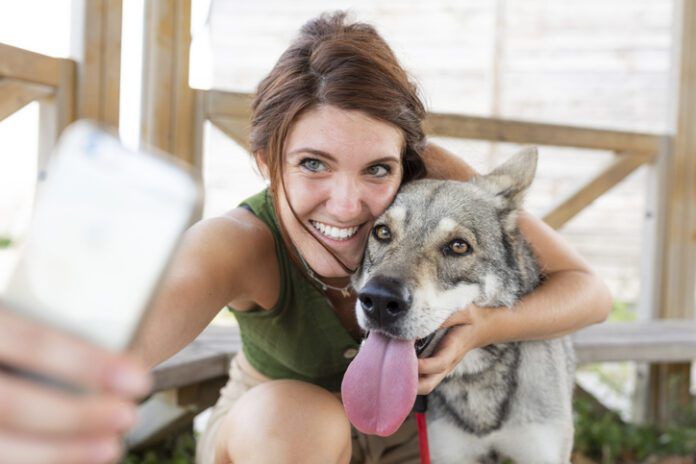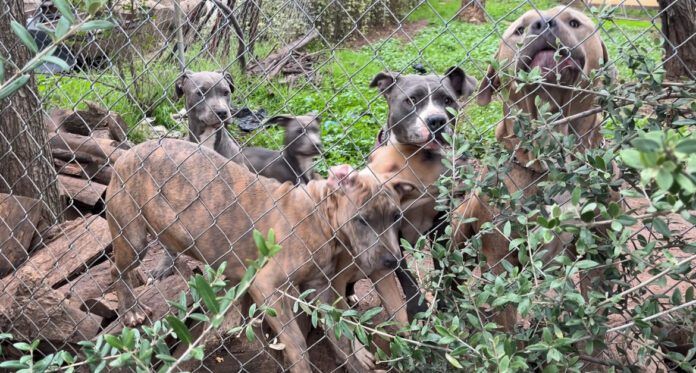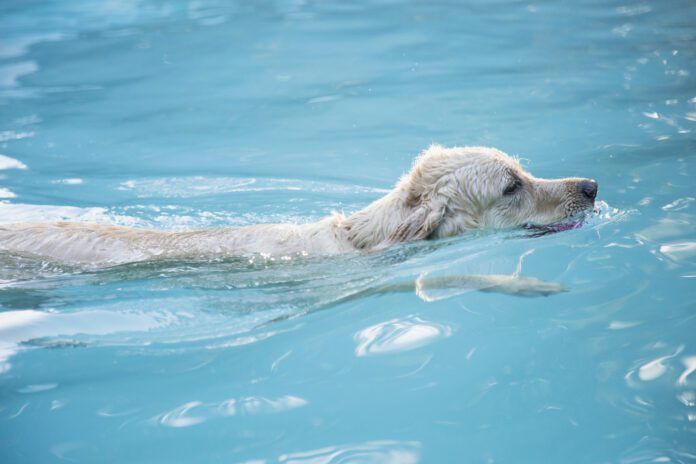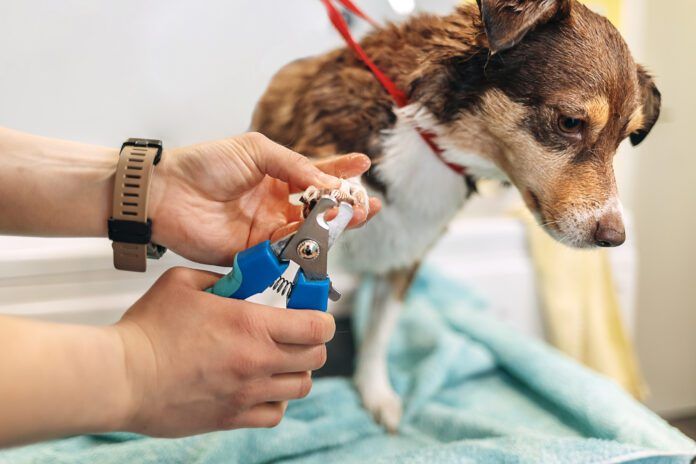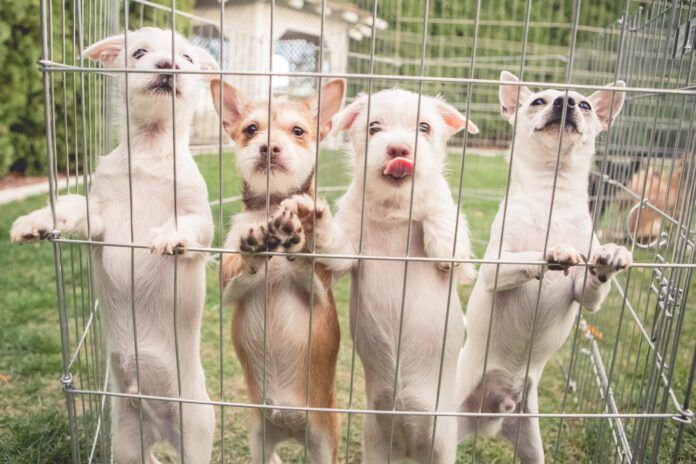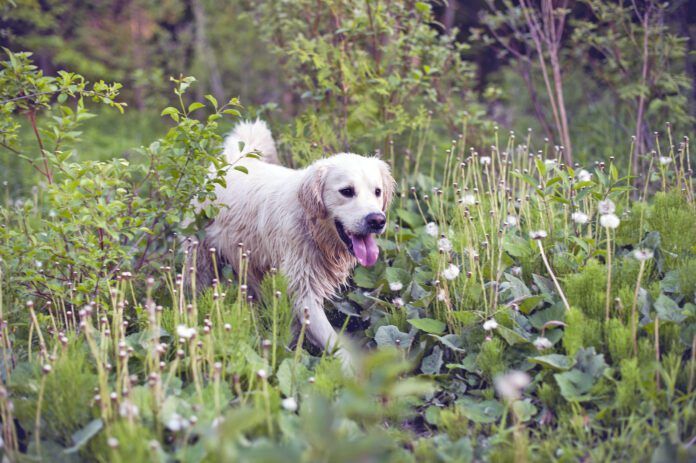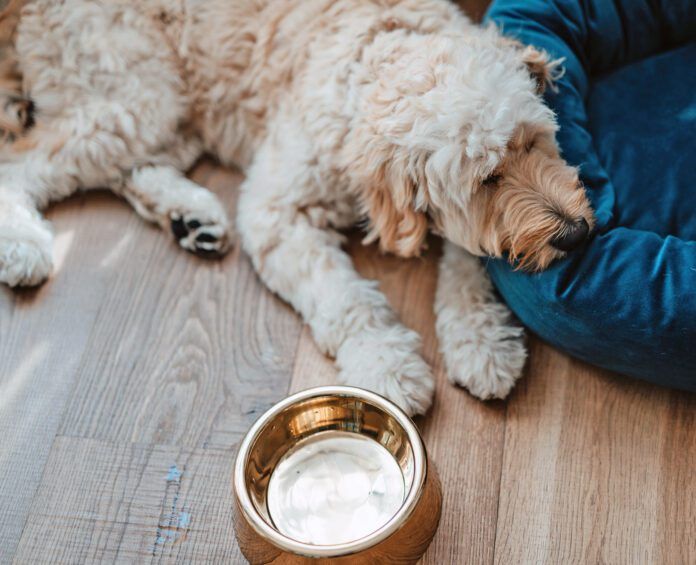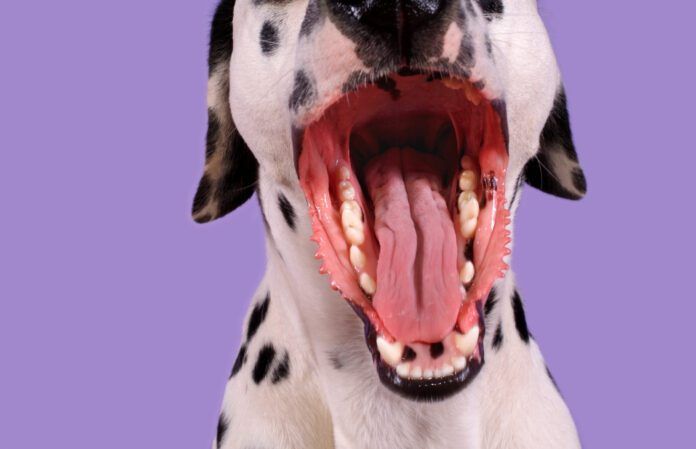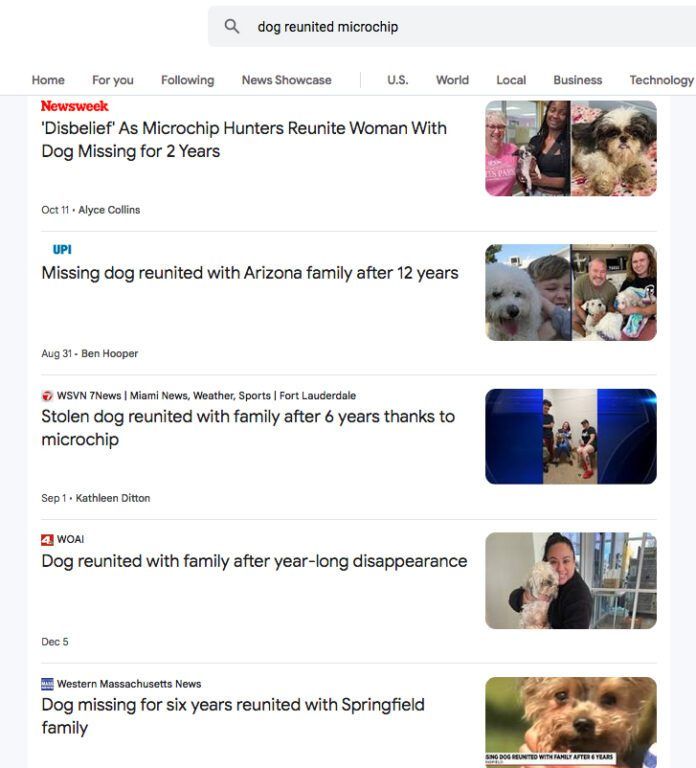Excerpt from Culture Clash by Jean Donaldson
Dog owners have been admonished for decades by trainers, breeders and veterinarians to never play tug of war with their dogs because it risks increasing aggression and/or dominance in the dog. I think they’ve muddled predatory behavior, which tug actually is, with agnostic (conflict resolution) behavior, which tug is not. Played with rules, tug of war is a tremendous predatory energy burner and good exercise for both dog and owner. Like structured roughhousing, it servers as a good barometer of the kind of control you have over the dog, most importantly over his jaws. The game doesn’t make the dog a predator; he already is one. The game is an outlet.
Tug, or any vigorous activity for that matter, played without rules or functioning human brain cells is potentially dangerous. But the baby has been thrown out with the bath water in this case: why deprive dogs and owners of one of the best energy burners and outlets there is? It’s good because it is intense, increases dog focus and confidence, and plugs into something very deep inside dogs. The owner becomes the source of a potent reinforcing activity, and there is a payoff in terms of lowered incidence of behavior problems due to understimulation. It’s also extremely efficient for the owner in terms of space and time requirements, and it can be used as a convenient reinforcement option in obedience.
The “tug might make him more dominant” argument is extremely lame. The implication is that dogs or wolves ascertain rank by grabbing the ends of an object and tugging to see who “wins”. If anything, the best description of tug is that it is cooperative behavior. It’s not you vs. the dog, it’s you and the dog vs. the tug of war toy. When you’re playing tug of war with a dog and he “wins,” i.e. you let it go, a tug addicted dog will try to get you to re-engage in the game rather than leaving and hoarding. You have control of the supreme, ultimate reinforcer here: the ability to make the toy appear to resist, to feel like living prey. The dog learns this.
From Jean Donaldson’s thought-provoking book, Culture Clash, dog owners will learn and get a better understanding of the relationship between dogs and humans, including rules of tug. Purchase Culture Clash from Whole Dog Journal today.


